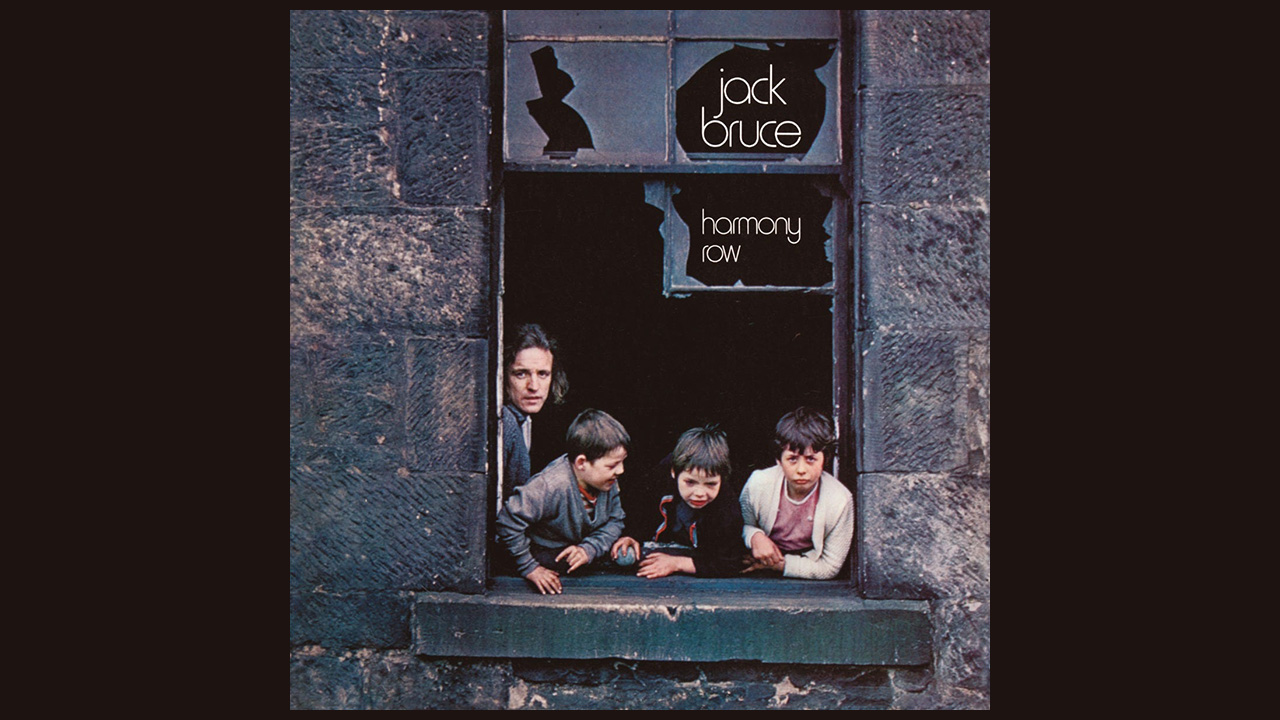
Named for an impoverished street in Glasgow, close to where he grew up, 1971’s Harmony Row was Jack Bruce’s favourite among his solo albums – a tender, free-flowing record he wrote at home on piano one especially inspired afternoon in 1969.
Cream associate Pete Brown supplied the lyrics, even when the subject matter was as personal as the exquisite, organ and piano-led ballad Folk Song, about Bruce and his then wife Janet Godfrey.
That song’s complex harmonic make-up was influenced by the French classical composer Olivier Messiaen, a favourite at the time. With Chris Spedding on guitar and John Marshall on drums (both had played on Bruce’s 1969 solo debut Songs For A Tailor), their leader handles all other instruments including cello and harmonica.
His many-pronged musicality is the fulcrum on tricky jazz work-out Smiles And Grins, the bustling, intricate Escape To The Royal Wood (On Ice) and the soaring, adventurous chordal portrait of a Glaswegian working-class childhood, Victoria Sage. Elsewhere there’s an impressionistic feel to brief, poetic, piano and vocal segue There’s A Forest – Bruce’s agile vocal riding an unchained melody.
This much-expanded, two-CD and two-Blu-ray version packs a new stereo mix. There’s also bonus demos recorded at Olympic Studios, surround sound mixes the excellent Jack Bruce & Friends TV concert from August 1971, along with Swing In With Jack Bruce, a 1972 gig filmed for German TV’s Rockpalast.
Ultimately, Harmony Row stands as a potent, spontaneous-sounding chapter he barely had time to reflect upon. In a hectic period – when he made instrumental jazz LP Things We Like and toured with jazz-fusion band Lifetime as well as his Bruce & Friends supergroup featuring Larry Coryell and Mitch Mitchell – it feels like the calm at the eye of the hurricane; a brief pause for breath.
The four-disc expanded edition of Harmony Row is on sale now via Esoteric.







